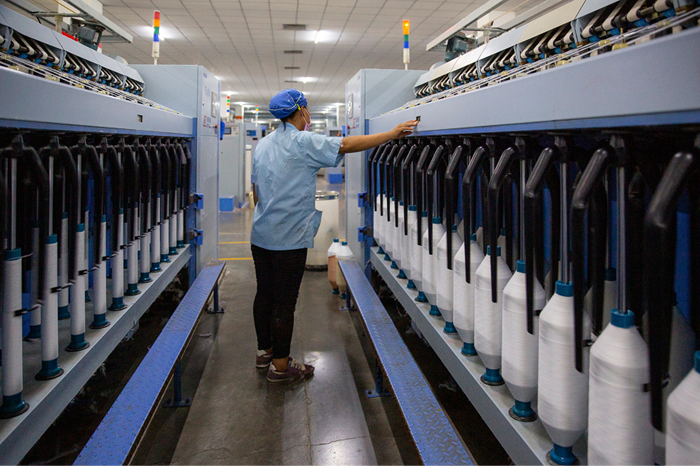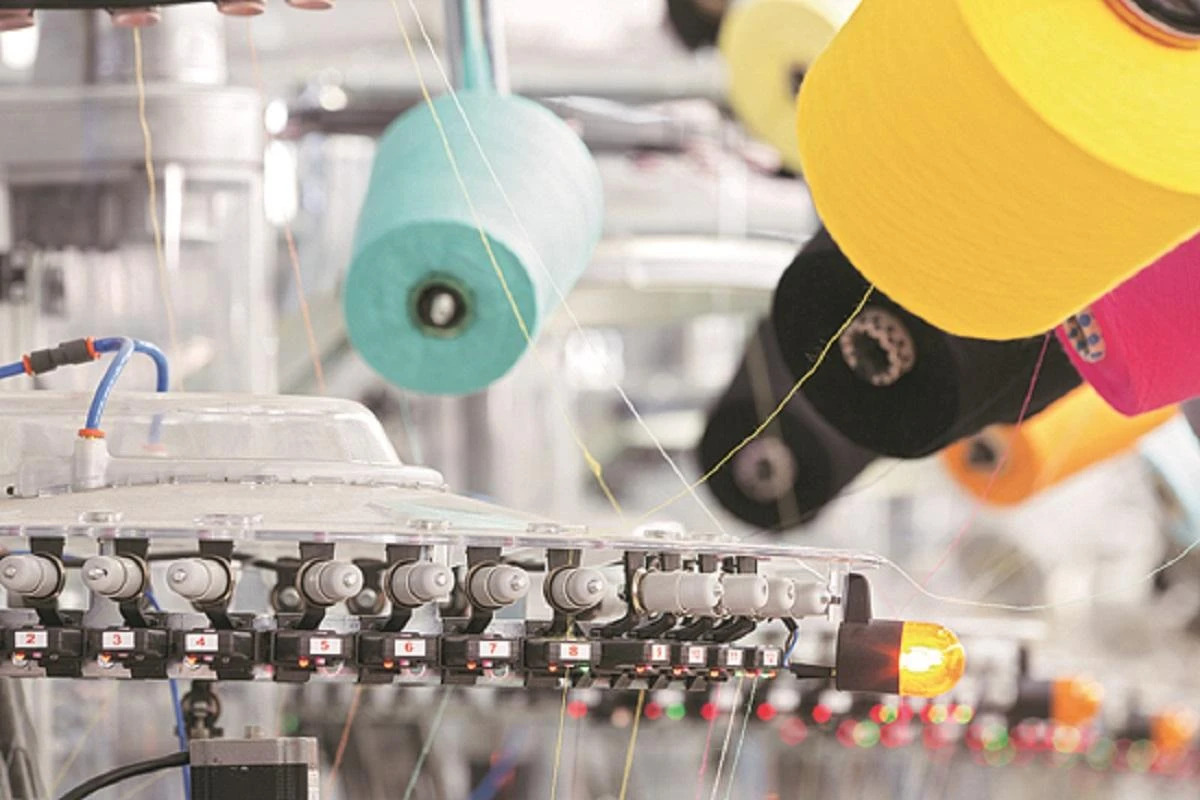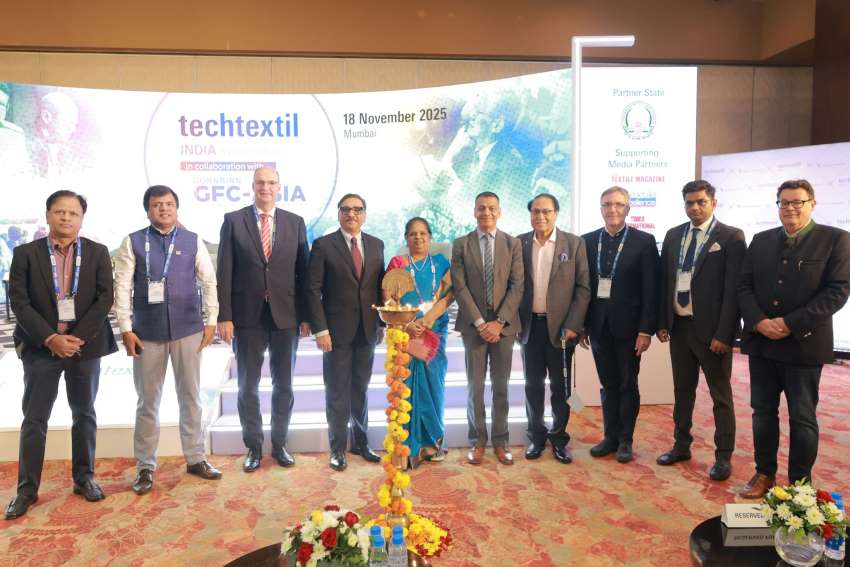"More than ever, the eco-efficiency of the textile & clothing industry has been under scanner with many associations taking steps towards enhancing sustainability in the apparels industry. This was the topic of discussion at the recently held exhibit in New York at Museum of Modern Art (MOMA). It focused on rethinking how businesses approach each stage of product development. Ideated by Paola Antonelli and Michelle Millar Fisher, ‘Is Fashion Modern?’ analysed the impact that items of clothing and accessories have had on the world today, including what were considered revolutionary items including, the ‘little black dress’ and Levi's 501 jeans."
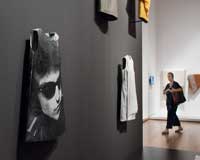
More than ever, the eco-efficiency of the textile & clothing industry has been under scanner with many associations taking steps towards enhancing sustainability in the apparels industry. This was the topic of discussion at the recently held exhibit in New York at Museum of Modern Art (MOMA). It focused on rethinking how businesses approach each stage of product development. Ideated by Paola Antonelli and Michelle Millar Fisher, ‘Is Fashion Modern?’ analysed the impact that items of clothing and accessories have had on the world today, including what were considered revolutionary items including, the ‘little black dress’ and Levi's 501 jeans. The exhibit also featured another important offering: providing a large-scale illustration depicting Glasgow Caledonian's Fair Fashion Center and a process called the Quantum Redesign of Fashion.
Sustainability taking centerstage
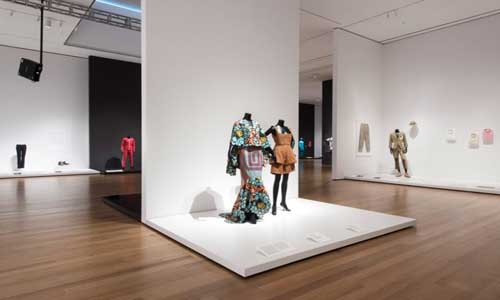
Fashion is a $2.5 trillion industry considered a top user of natural resources and polluter of the communities in which it operates. It ought to attract the attention of eco police aiming to shape a better tomorrow. MoMA exhibit used research from the Fair Fashion Center and enlisted famed data artist Giorgia Lupi to provide an important visualisation of the scope of fashion industry, especially in identifying the 16 sub-businesses that constitute the fashion system – from agriculture and chemicals to real estate and waste management. The special artwork outlined how changes in these businesses can impact other areas, but at the same time help deliver on the United Nations Sustainable Development Goals. As with many complex issues, it is envisioned that in depicting viable solutions can create an industry that is a respectful and regenerative ecosystem supporting people, planet and profits.
Quantum redesign of fashion
The Quantum Redesign of Fashion featured in this exhibit was the work stream of the Fair Fashion Center (FFC) that has developed the Quantum Redesign of Fashion, which has in just two years focussed uniquely on achieving sustainability through a profitable means and shifting the conversation to more sustainable business practices. Working with more than 237 global brands and retailers, the FFC is trying to tackle impacts created by the value chain and developing actionable solutions that align with the reality of the industry, in key issues like end of use, regenerative agriculture, circular economy, and transport.
UN’s role in fashion
The UN Global Compact recently invited a young group from Copenhagen's Youth Fashion Summit to the United Nations. The students explored how the (SDGs) allow companies to align their sustainability goals with actionable solutions: from gender equality and poverty reduction to responsible consumption and climate action. This year, the students were asked to transform their ideas for corporate action on the SDGs into a proposed UN draft resolution - the first linked to the fashion sector.



